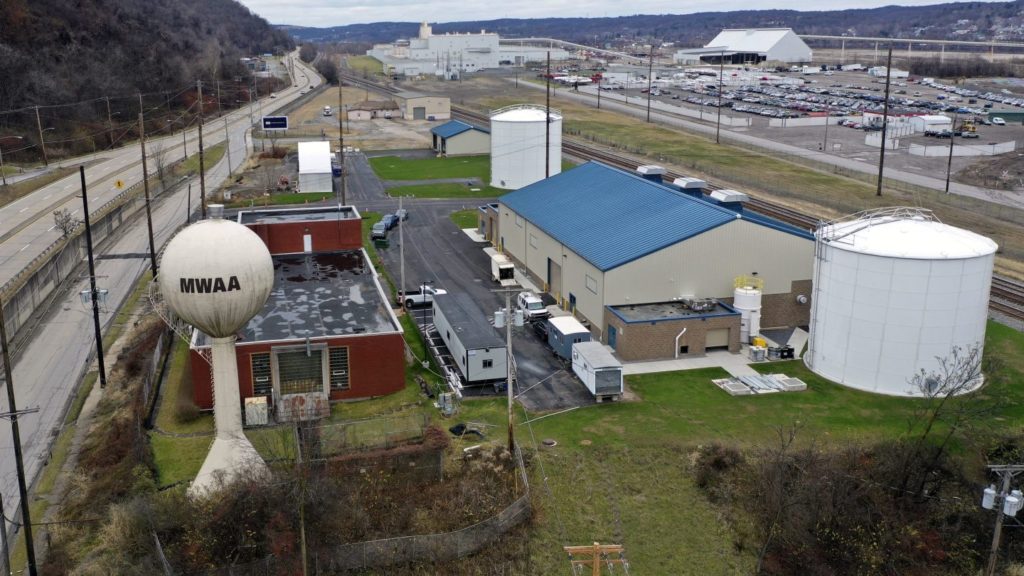
26 June 2024
Washington, D.C. – America’s drinking water infrastructure is facing unprecedented threats from cyber-attacks, with strong indications that these malicious activities are linked to state-sponsored actors from China, Russia, and Iran. The alarming increase in cyber intrusions into water supply systems has raised significant concerns about national security and public health.
Growing Threat Landscape
In recent years, cyber-attacks on critical infrastructure have become more sophisticated and frequent. Water supply systems, which were once considered low-risk targets, are now in the crosshairs of cybercriminals and hostile nation-states. The attacks range from data breaches to more dangerous intrusions that could disrupt water treatment processes and contaminate supplies.
China, Russia, and Iran: The Main Culprits
According to cybersecurity experts and intelligence reports, many of these cyber-attacks have been traced back to state-sponsored groups in China, Russia, and Iran. These countries have been accused of conducting cyber-espionage and sabotage campaigns against the United States, targeting various sectors, including energy, healthcare, and now, water infrastructure.
Recent Incidents
- Oldsmar, Florida: In February 2021, a hacker gained remote access to the water treatment plant in Oldsmar, Florida, and attempted to increase the level of sodium hydroxide (lye) in the water supply to dangerous levels. Fortunately, the attack was detected and neutralized before any harm could occur. Investigations suggested that the attack originated from a foreign actor.
- San Francisco Bay Area: In March 2023, a water utility in the San Francisco Bay Area experienced a cyber-attack that disrupted its operations. The attack was linked to a sophisticated hacking group with ties to Russian intelligence.
- Midwest Water Plant: In January 2024, a water treatment facility in the Midwest was targeted by a ransomware attack believed to be orchestrated by Iranian hackers. The attack crippled the plant’s computer systems, forcing operators to shut down temporarily.
National Security Implications
The vulnerabilities in America’s water infrastructure pose serious national security risks. A successful cyber-attack could lead to widespread contamination, causing health crises and undermining public confidence in water safety. Additionally, such attacks could disrupt emergency services, hinder firefighting efforts, and impact industrial processes that rely on clean water.
Government Response
In response to these growing threats, the U.S. government has taken several steps to bolster the cybersecurity of critical infrastructure. The Cybersecurity and Infrastructure Security Agency (CISA) has issued guidelines for water utilities to enhance their defenses against cyber-attacks. Additionally, the Department of Homeland Security (DHS) and the Environmental Protection Agency (EPA) are collaborating to provide funding and technical support for upgrading water system security.
International Collaboration
Given the global nature of cyber threats, international cooperation is crucial. The U.S. has been working with allies and partners to share intelligence and develop joint strategies to counter cyber-attacks. Efforts are also underway to hold state-sponsored actors accountable for their malicious activities through diplomatic channels and international sanctions.
Conclusion
The increasing cyber threats to America’s drinking water systems underscore the urgent need for robust cybersecurity measures. As state-sponsored actors from China, Russia, and Iran continue to target critical infrastructure, protecting water supplies has become a top priority for national security. Through enhanced defenses, international collaboration, and public awareness, the U.S. aims to safeguard its water infrastructure from future cyber-attacks, ensuring the safety and well-being of its citizens.
4o






